Are you intrigued by the enigmatic figures of Salem’s history? Delve into the captivating world of the Salem witch trials and uncover the stories of 7 infamous witches who left an indelible mark on American folklore.
From Cotton Mather’s influential role during the trials to the chilling accounts of those accused of practicing witchcraft, the legacy of these historical events continues to fascinate and mystify.
Step back in time to the turbulent era of Puritan New England, where accusations of witchcraft sparked hysteria and fear.
Discover the complex narratives of these prominent figures who navigated the tumultuous waters of the Salem witch trials, shaping the course of history with their beliefs and actions.
Join us on a journey through the shadows of the past as we unravel the mysteries surrounding the 7 famous witches of Salem.
The Context of the Salem Witch Trials
The Salem Witch Trials, a series of hearings and prosecutions of people accused of witchcraft, took place between February 1692 and May 1693 in colonial Massachusetts.
This dark chapter in American history is marked by mass hysteria, religious fervor, and social tensions that resulted in the execution of twenty people, most of them women, and the imprisonment of many others.
Understanding the context of the Salem Witch Trials requires exploring the political, social, and religious landscape of 17th-century New England.
Origins and Historical Background
In the early 1640s, England found itself embroiled in civil strife, resulting in the emergence of the Puritan-dominated Parliamentarians who eventually emerged victorious.
This era marked the shift from the Crown to the Protectorate under Oliver Cromwell in 1653. The aftermath led to the restoration of the old order under Charles II, which significantly impacted emigration to New England.
During this period in Massachusetts, a successful merchant class began to evolve, characterized by a lesser religious zeal compared to the colony’s earlier settlers.
The ministers’ departure, despite the General Court upholding their rights, marked a discord within the parish. Disagreements over the ordainment of ministers and the choice of leadership stirred dissent among the villagers in Salem.
Key Events and Timeline
On June 18, 1689, the villagers of Salem agreed to hire Samuel Parris as their first ordained minister, highlighting a pivotal moment in the village’s history.
This decision came with a salary agreement of 66 pounds annually, reflecting the economic dynamics of the time.
Additionally, on October 17, 1711, the General Court passed a significant bill, reversing the judgment against the individuals listed in the 1709 petition, showcasing a moment of justice and redemption.
Governor Joseph Dudley’s authorization for monetary compensation to those affected by the trials marked a crucial step towards reconciliation.
The distribution of funds amounting to 578 pounds and 12 shillings among the survivors and relatives of the accused underlined a move towards closure.
The completion of settlement accounts within a year, except for Phillip English’s, signified a resolution to the dark chapter of the Salem Witch Trials.
Profiles of the 7 Famous Witches
The Salem Witch Trials conjure images of several individuals whose names have become synonymous with the tragedy and injustice of that era.
Here are profiles of seven famous figures associated with the Salem Witch Trials:
1. Bridget Bishop
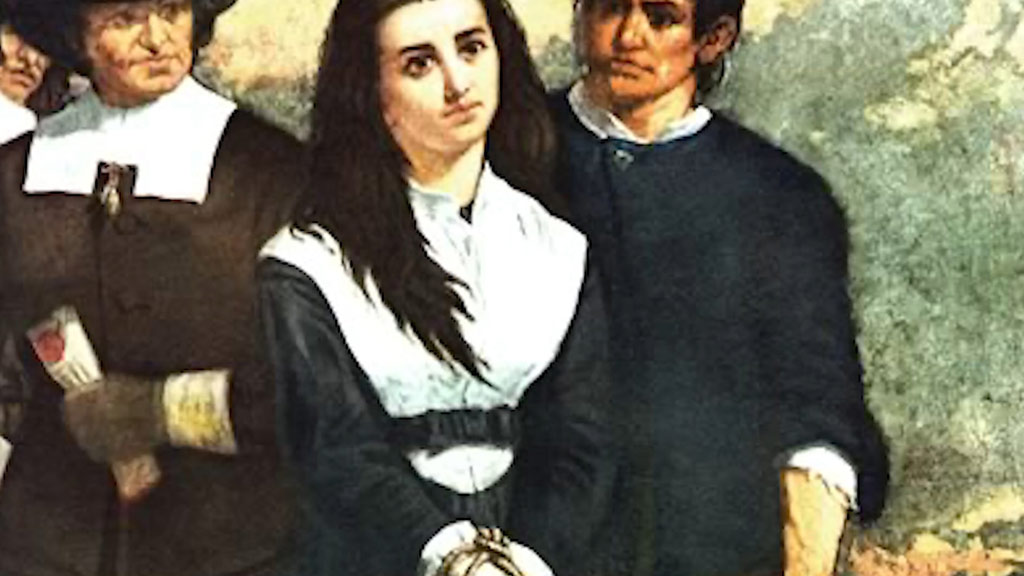
Bridget Bishop, known for her wit and independence, was a resident of Salem during the witch trials. Widowed twice, she was married to a sawyer named Edward Bishop.
Accused and acquitted of witchcraft 12 years prior, she became the first person executed during the Salem witch trials.
Despite her portrayal in folklore as a lively innkeeper, historical research paints a different picture, highlighting her quick wit and indomitable spirit throughout the trials.
Despite her portrayed lively innkeeper image in folklore, historical research reveals a different picture of Bridget Bishop, showcasing her quick wit and indomitable spirit during the Salem trials.
2. Sarah Good

Sarah Good, one of the accused witches during the Salem trials, maintained her innocence under extreme pressure from the magistrates.
After being examined in the Salem Village meeting house, along with Sarah Osborne and Tituba, she was unable to avoid the accusations made against her.
Even though she professed her innocence, the spectral evidence presented by the accusers resulted in her arrest and condemnation.
Sarah Good’s unwavering stance against the accusations during the Salem trials exemplifies her determination and refusal to admit to false charges, showcasing her strength of character in the face of adversity.
3. Martha Carrier
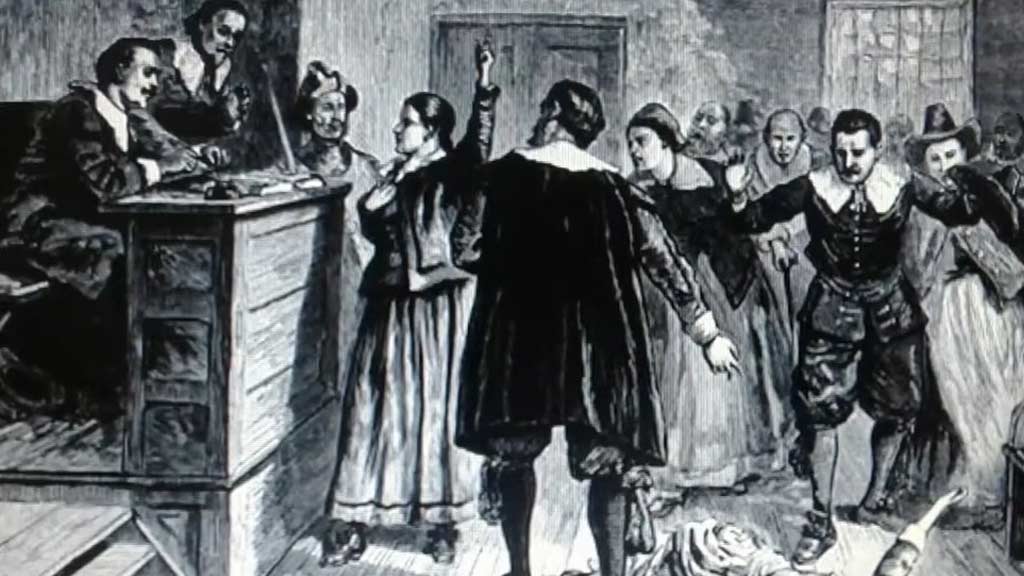
Martha Carrier’s involvement in the Salem witch trials marked a tragic chapter in history. Accused of witchcraft, she faced a grim fate despite her innocence. Carrier’s story serves as a reminder of the injustices suffered by many during this turbulent time.
Her unwavering stance against the false accusations highlights the resilience and courage displayed by those caught in the hysteria of the trials.
Martha Carrier’s defiance against the false accusations not only showcases her resilience but also sheds light on the courage exhibited by individuals entangled in the hysteria of the Salem witch trials.
4. Rebecca Nurse
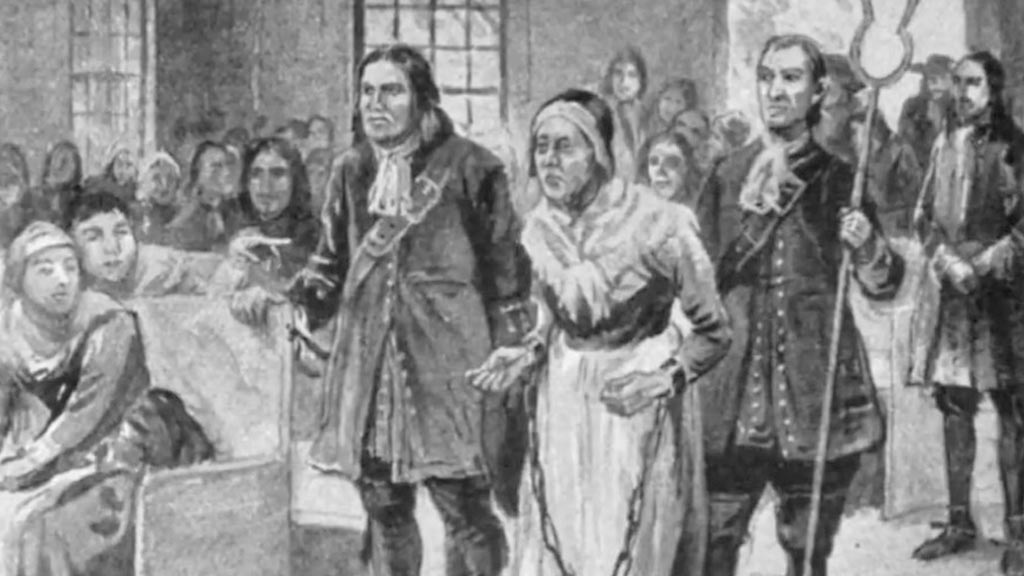
Rebecca Nurse, a respected figure in Salem, fell victim to the hysteria of the witch trials. Despite her reputation for piety and kindness, Nurse was accused of witchcraft and ultimately hanged.
Her story underscores the arbitrary nature of the accusations during this dark period, showcasing how even the most virtuous members of society were not immune to the fervor of the trials.
Rebecca Nurse’s tragic fate serves as a stark reminder of the injustice and chaos that prevailed during the Salem witch trials.
Her unwarranted accusation highlights the indiscriminate targeting of individuals, regardless of their esteemed status or moral character.
5. Susannah Martin
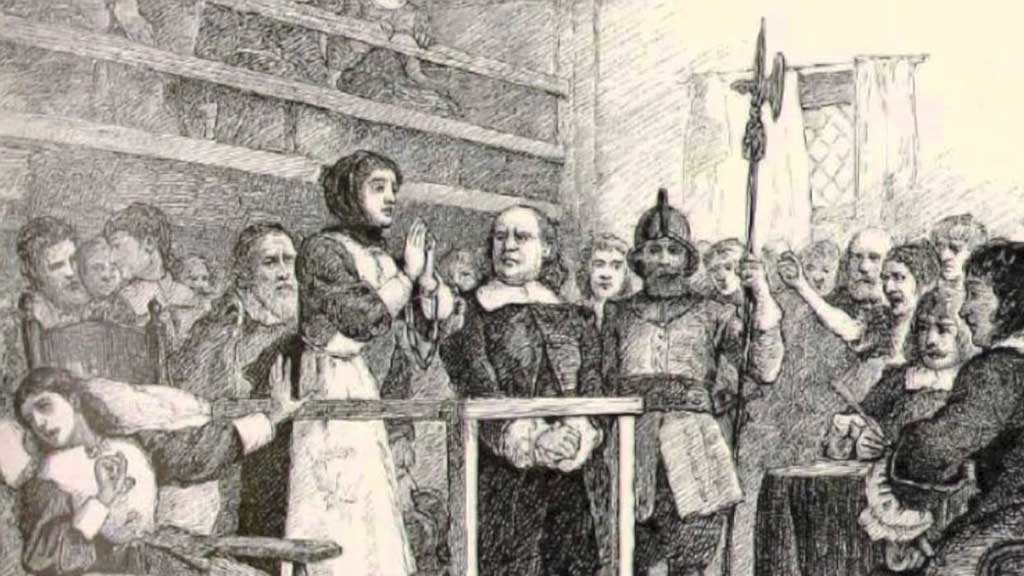
Susannah Martin’s story during the Salem witch trials is one of tragedy and injustice. Accused of witchcraft, Martin faced a harrowing ordeal that culminated in her wrongful conviction and execution.
Her case exemplifies the unchecked hysteria and fear that gripped Salem during this tumultuous time, leading to the unjust persecution of innocent individuals like herself.
Martin’s reputation as a witch grew from rumors spread by her neighbors, ultimately resulting in her arrest and trial.
Despite maintaining her innocence throughout the proceedings, she tragically met her end at the gallows, a victim of the mass hysteria that plagued Salem.
6. Mary Easty
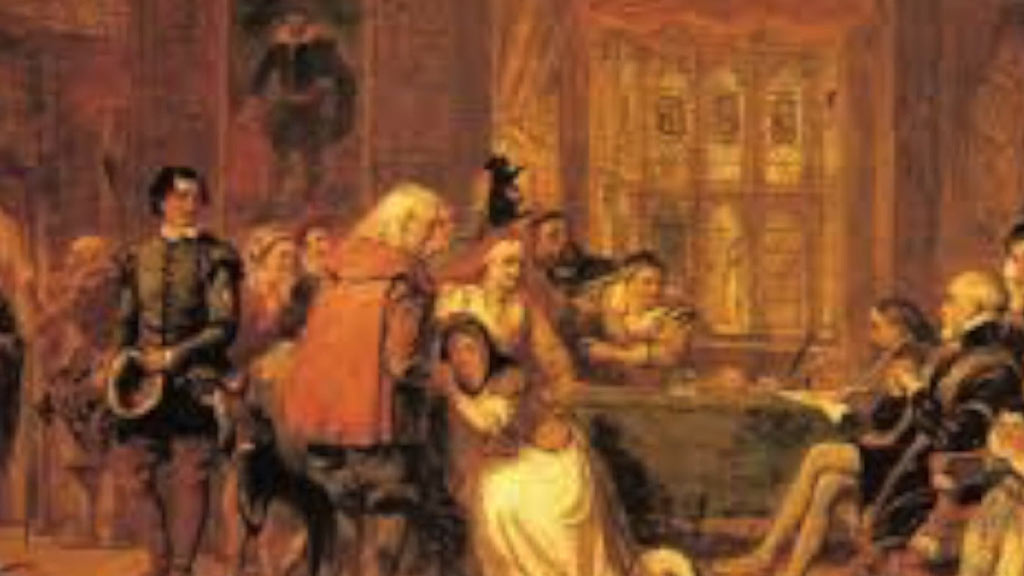
Mary Easty, another victim of the Salem witch trials, endured accusations of witchcraft despite her innocence. Despite maintaining her integrity and denying the charges against her, Easty was unable to escape the hysteria surrounding the trials.
Her courage in the face of adversity serves as a poignant reminder of the human cost of baseless accusations and mass paranoia.
Mary Easty was known for her unwavering stance against the false accusations during the Salem witch trials, showcasing remarkable resilience in the midst of widespread hysteria and unjust persecution.
7. Martha Cory
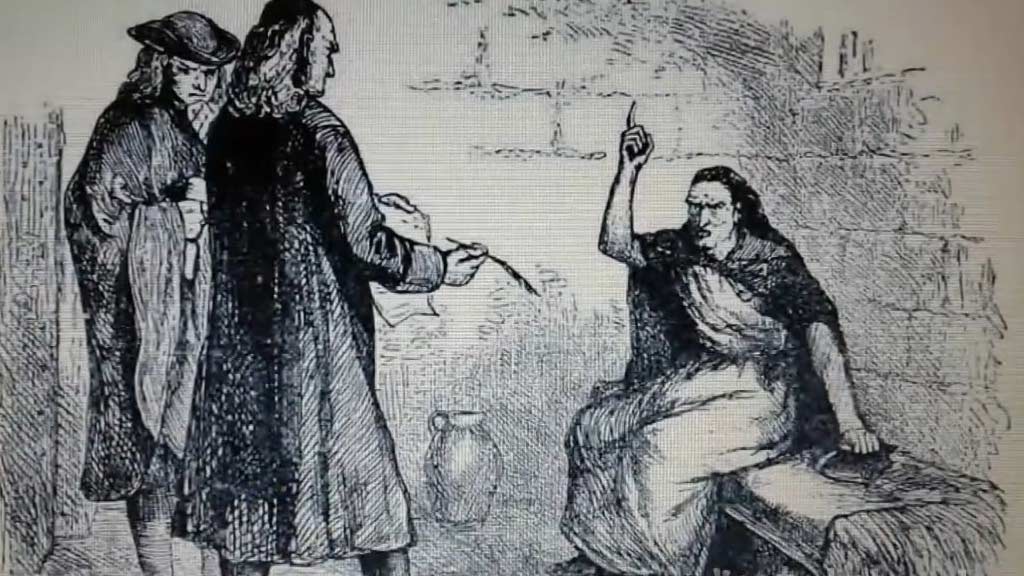
Martha Cory’s involvement in the Salem witch trials sheds light on the arbitrary nature of the accusations leveled against innocent individuals.
Accused of witchcraft, Cory faced a trial that lacked substantial evidence against her. Her story underscores the pervasive fear and suspicion that fueled the accusations during this dark chapter in Salem’s history.
Martha Cory’s tragic fate serves as a poignant reminder of the hysteria and injustice that gripped Salem during the witch trials.
Despite the lack of evidence, she was unjustly accused and became a victim of the prevailing fear and paranoia in that tumultuous period.
Legal and Social Ramifications
The Salem Witch Trials had far-reaching consequences that reverberated through both the legal system and society at large. These ramifications continue to shape perspectives on justice, religion, and community dynamics.
Trial Procedures
The Salem witch trials featured flawed and biased procedures that resulted in numerous wrongful convictions.
Accusations heavily relied on spectral evidence, questionable testimony, and the accused’s inability to prove their innocence, leading to a severe lack of due process.
The absence of proper legal representation and reliance on superstition rather than substantial evidence tainted the trials, contributing to an unjust legal system.
The lack of adherence to legal standards and reliance on unfounded evidence during the Salem witch trials perpetuated a climate of fear and injustice, ultimately undermining the credibility of the legal system.
Impact on the Community
The Salem witch trials had far-reaching legal and social consequences that resonated beyond the accused individuals.
The trials exposed the vulnerability of a society gripped by fear and paranoia, where accusations alone could lead to imprisonment or death.
The pervasive atmosphere of suspicion and betrayal tore at the fabric of the community, eroding trust and fostering a climate of fear and uncertainty.
The lasting scars of the trials left a collective trauma that haunted Salem for years to come, serving as a cautionary tale of the dangers of unchecked hysteria and injustice.
Remembering Salem
The Salem Witch Trials remain one of the most infamous episodes in American history, often cited as a stark example of the dangers of mass hysteria, scapegoating, and judicial failure.
Over the centuries, the trials have been remembered and commemorated in various ways, influencing literature, popular culture, and modern discourse on justice and human rights.
Memorials and Modern Interpretations
Remembering Salem is crucial in understanding the impact of the witch trials on American history. Memorials dedicated to the victims stand as tangible reminders of the injustice and intolerance that plagued Salem in 1692.
The Salem Witch Trials Memorial, located in Salem, Massachusetts, honors the innocent people accused and executed during this dark period.
It consists of 20 granite benches, each representing an individual victim, with their name and the date of their execution etched into the stone.
In modern times, the legacy of the Salem witch trials continues to spark debates and interpretations. Scholars, historians, and artists explore the events of 1692 through various mediums, seeking to shed light on the complexities of human nature, fear, and prejudice that led to such tragic outcomes.
Frequently Asked Questions
What is the historical background of the Salem witch trials?
The Salem witch trials occurred in 1692 in Salem, Massachusetts, where over 200 people were accused of witchcraft. These trials were fueled by superstition, fear, and religious beliefs, leading to the execution of 20 innocent individuals.
How did the Salem witch trials impact the community?
The Salem witch trials caused deep divisions within the community, leading to paranoia, suspicion, and fear among the residents. Families were torn apart, neighbors turned against each other, and trust within the community was shattered.
Why do scholars and artists continue to explore the events of 1692?
Scholars and artists delve into the Salem witch trials to shed light on themes of human nature, fear, and prejudice. By examining this dark period in history, they aim to educate others about the dangers of mass hysteria and the importance of seeking justice.
What is the significance of commemorating the victims of the Salem witch trials?
Commemorating the victims of the Salem witch trials serves as a reminder of the consequences of unfounded accusations and the need for fair and just legal processes.
Conclusion
Reflecting on the infamous Salem witch trials and the stories of the seven accused individuals provides a glimpse into a dark chapter of history.
The impact of these events on society serves as a stark reminder of the consequences of fear and prejudice.
By honoring the victims through memorials and exploring the trials through various mediums, we continue to unravel the complexities of human nature.
The lessons learned from Salem resonate through time, emphasizing the importance of seeking truth, justice, and understanding in the face of adversity.
As we delve into the past, we are equipped with knowledge to navigate the present and shape a more enlightened future.
Jaclyn Lowe